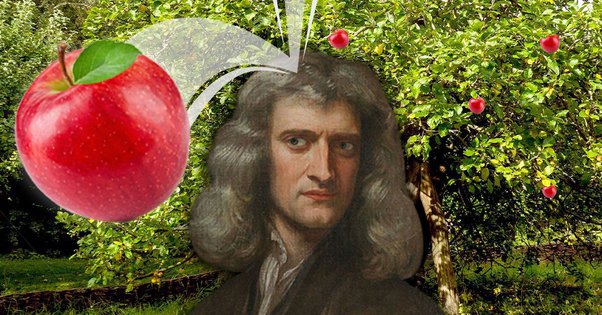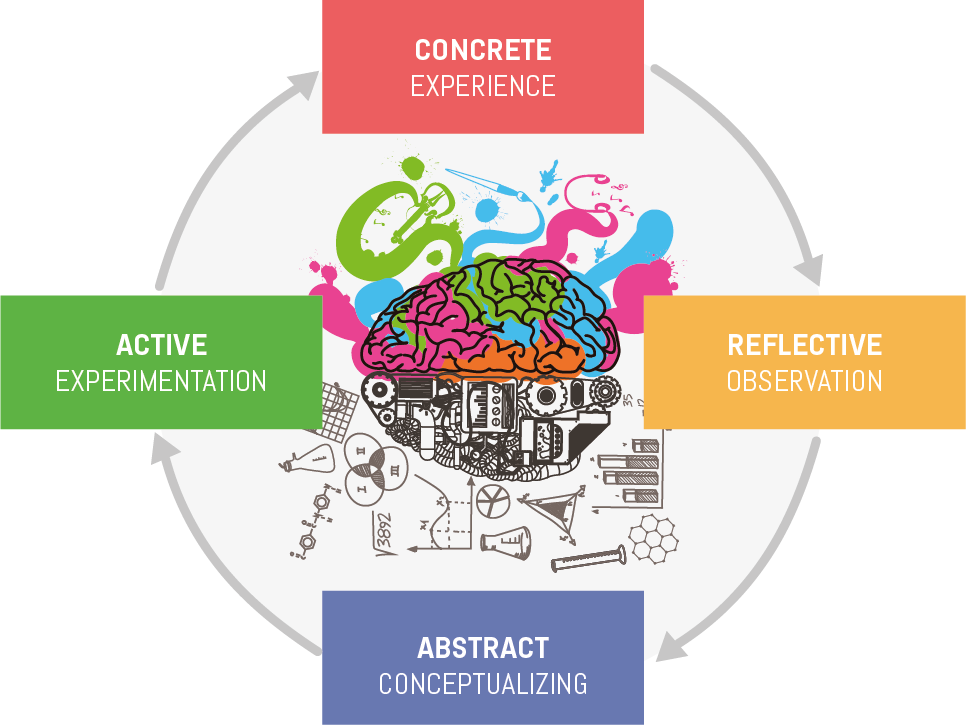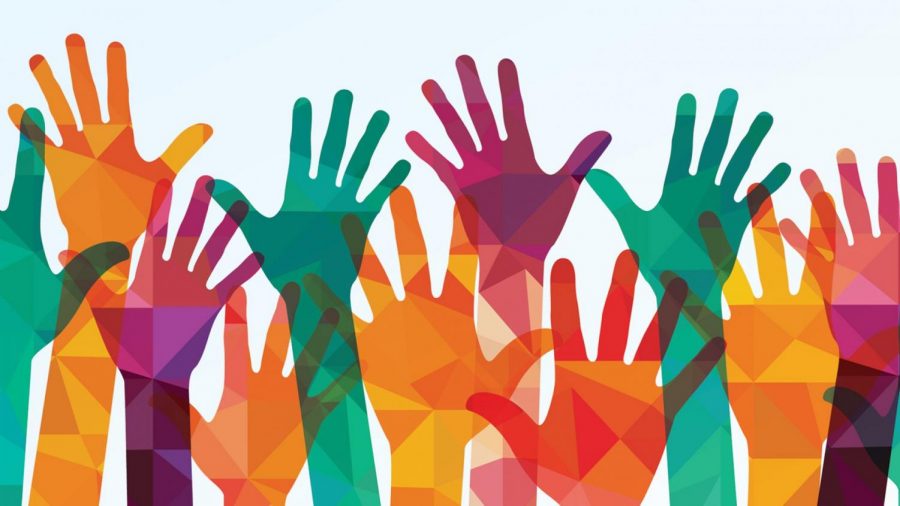Beyond Prejudices and Misconceptions: The Power of Convergence between Science and Art in Education

Hello everyone,
I decided to write this article because a lot of information about “science and art” in the education system and related education channels is full of preconceptions and prejudices. Based on some of what I’ve seen and/or read is:
-“Science” and “Art” are very different fields and, therefore, should not come together.
-Artists do not do anything tangible but wander in the world of imagination, acting only with their emotions, and art exists to represent beauty.
– The abilities such as empathy, creativity, imagination, and social skills of scientists should be questioned.
Before I share my opinion against these comments, which I believe are full of prejudices and errors, I would like to start with a story:
A man was resting under an apple tree. An apple fell on his head. He stood up in a rage. He picked up the apple and examined it. He checked to see if it was rotten. When he saw it was not, he ate the apple with pleasure and took off.
While a woman was resting under the same apple tree, an apple fell on her head too. She looked at the apple. She wondered how it became one of our essentials when it was the forbidden fruit of heaven. Why was it banned? What about today’s bans? Who decides whether something is prohibited and on what basis? Is every ban fair? What about the penalty that comes with the ban? Is it to inflict pain or for an individual to find the right? Then she got up to turn the feelings and questions in her inner world – where words are insufficient – into an artwork that she can share, express, and help others to question for a better world.
While a man was resting under the same apple tree, an apple fell on his head too. He questioned why the apple fell to the ground instead of taking off. This crazy thought brought different questions to his mind. Can I solve this matter? If I do, where else can this lead me? Where can we use this information? What can be invented? How does it benefit humanity? Then he shouted, “I found it.” He set out to discover the gravitational force of the earth.
Most people eat an apple when it falls on their head and enjoy the taste because it’s just an apple. As I explained in the story above, thinking with an art or a science approach is a special skill not found in everyone. Because people with these ways of thinking can see things differently than they are and can take it beyond by making connections, in fact, contrary to the idea of “fields that should not come together,” many concrete examples show that when these two come together, things that are considered impossible can be achieved, and enable us to discover things far beyond our horizon.

For example, two people who used science and art in their works in the past and added great value to humanity: Leonardo Da Vinci and Albrecht Dürer.
Leonardo Da Vinci, the pioneer of the plane, helicopter, walking robot, and the science of anatomy thanks to his artistic perspective. Or the famous painter Albrecht Dürer, who has inspired many scientists with his works by using perspective, geometry, mathematics, and psychology in his art.
In our era, methods such as “art therapy” and “psychodrama,” which emerged with the combination of art and health sciences, have worked so well that they have become methods approved by the World Health Organization. Because apart from what the patient tells in the sessions, the therapist/psychologist can open what is not spoken by looking at the artwork created by the patient. Also, with the combination of art and educational sciences, methods such as “Art based learning,” “Storytelling based learning,” “Drama based learning,” etc., are among the widespread education models of today’s world. Again, STEM (Science, Technology, Mathematics, Engineering), one of the most popular education programs, realized that it would not be enough for students to acquire the knowledge of 21. century, but understood the importance of cognitive abilities and social skills development, they added “Art” or the “+” sign representing art to the program.
And in the future, in developing technology, these two fields will remind us of what we are and what we are capable of doing as human beings. African American woman Astronaut Mae Jemison, who was entitled to go to space, took the poster of her favorite dancer and a Bundu sculpture made by Sierra Leone women before going to space. When asked about the reason, her answer was simple. She wanted to take something with herself which reminded her what makes humanity think, discover, build, and move beyond the Earth. She wanted to feel the human imagination and creativity when she looked at the universe from space.
I tried to explain my point of view by giving examples from the past, present, and future, but there is one last thing I would like to point out. Science and Art have something in common for each stage: “freedom” is a culture for people in these two fields. Therefore, people with a science and art approach stand up and fight against the oppressive and interdictor mentality throughout history, to exist and to enlighten. In today’s world, prohibitions, pressures, destructive prejudices, and discourses continue. But, as we mentioned at the beginning, the nature of people with science or art mindsets does not accept these restrictions. Therefore, science continues by relocating itself (e.g., brain drain), and art continues by changing form (e.g., imagery, sarcasm, irony, abstract art, etc.).
As a result, this world came from the caves to our era with the human mind, imagination, and creativity. The age we live in now is a design age. In other words, it is the age of people who can think, create, and produce. Whether this progress is positive or negative depends on the convergence of art and science and their discoveries.
As I conclude my writing here, I would like to say let’s not just look at the apple that fell on our heads. Let’s try to gain artistic and/or scientific perspectives against “art exists only for entertainment and beauty” and “science is far from imagination.” There is much more to write, but that’s it for now. Thanks to science, art, and philosophy for bringing the good and better in all of us.








Responses